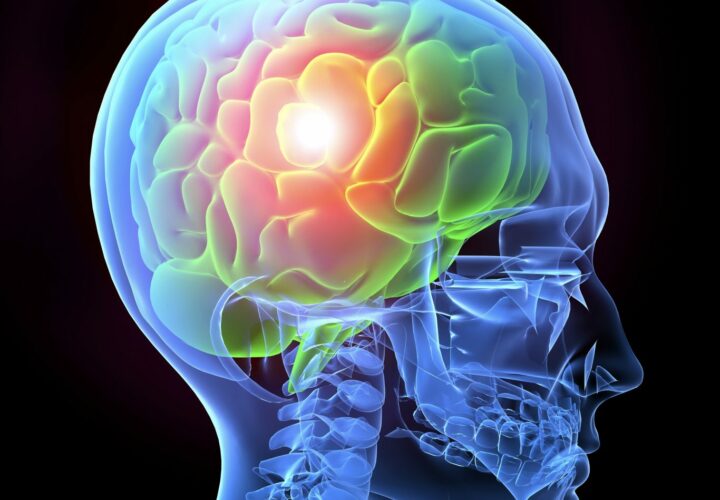Although some treatments for Alzheimer’s may slow down the onset of symptoms, there is no cure or way to reverse the disease, and the drugs available offer limited benefits. But what if we could press rewind on the process that causes Alzheimer’s? A research team at the Cleveland Clinic Lerner Research Institute has discovered a way to potentially halt and reverse the disease—at least, in a study on mice.
It’s widely believed that Alzheimer’s is caused by amyloid plaques, a build-up of a toxic protein in the brain that can’t be cleared. Scientists at the Cleveland Clinic were able to reverse the formation of these plaques in mice by depleting an enzyme called BACE1. Typically, BACE1’s job is to help produce beta-amyloid peptides, which contribute to the plaques that cause Alzheimer’s. While many drugs are being developed to stop BACE1 from helping to develop the plaques, BACE1 has other important jobs that contribute to overall neurological function—meaning getting rid of it entirely has resulted in severe brain defects in mice born without it.
The Cleveland team wanted to see whether slowly depleting BACE1 might have a less severe effect on the brain. They developed a type of mouse that gradually stops producing the enzyme, and those mice seemed to develop normally and appear healthy. Those mice were bred with a mouse genetically engineered to produce amyloid plaques at 75 days old. When the offspring of those mice started to produce plaques at the same age, researchers noted that their BACE1 levels were 50 percent lower than normal. This is when things start to get interesting: As the mice continued to age, the plaques started disappearing as the BACE1 levels continued to drop off. At 10 months, the mice had no plaques at all.
“To our knowledge, this is the first observation of such a dramatic reversal of amyloid deposition in any study of Alzheimer’s disease mouse models,” said study author Riqiang Yan, who will become chair of the department of neuroscience at the University of Connecticut this spring.
At 20 months, the mice without BACE1 showed no side effects. Depleting BACE1 also corresponded with lower levels of beta-amyloid peptide and reversed other processes associated with Alzheimer’s, like the activation of microglial cells. Continued loss of BACE1 improved learning and memory of mice with Alzheimer’s disease, but electric recordings of their brain neurons showed that synaptic function was only somewhat restored, suggesting that BACE1 may be required for optimal cognition.
“Our study provides genetic evidence that preformed amyloid deposition can be completely reversed after sequential and increased deletion of BACE1 in the adult,” said Yan.
The paper was published just hours after pharmaceutical company Merck announced they are pulling the plug on a phase 3 human clinical trial of BACE1 inhibitors after a review found more risks than benefits.
This study was published in the Journal of Experimental Medicine.



